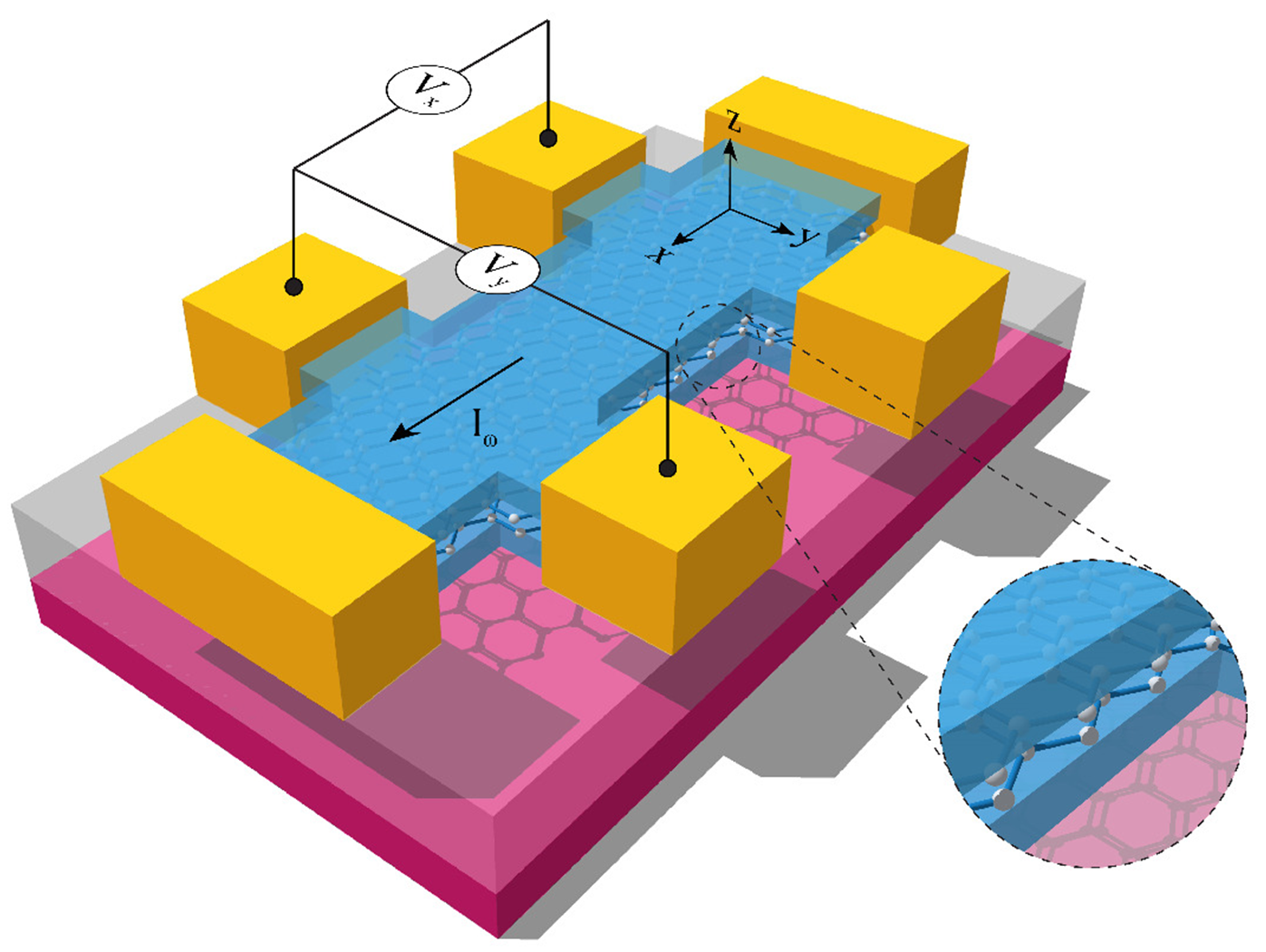The rise of quantum materials has advanced our understanding of solid materials and opened new opportunities for the development of new technologies. The phenomenon of nonlinear quantum transport has been discovered in a variety of quantum materials that exhibit nonlinear volt-ampere characteristics different from those of conventional diodes. The spin and geometry properties of Bloch electron wave function are used to realize the nonlinear quantum transport, which mainly manifests as nonlinear magnetoresistance and nonlinear Hall effect. Compared with the linear transport phenomenon, nonlinear quantum transport can reveal new material information, and can be used in frequency doubling and rectification devices, which exhibits unique advantages such as simpler device structure and no external bias required. Further investigating the physical mechanism and control means of nonlinear quantum transport, and realizing giant nonlinear quantum transport effect is key to its potential applications. High frequency rectification device based on nonlinear quantum transport have important applications in wireless charging, high-frequency communications, and other technologies.
In this direction of research, we discovered a new type of spin-related nonlinear magnetoresistance1,2, whereby realizing the detection of three-dimensional spin texture by transport measurements3. In addition, we discovered the nonlinear planar Hall effect, revealing its physical origin as the conversion of nonlinear spin current to charge current under the action of a magnetic field4. For the first time, we experimentally verified the nonlinear Hall effect contributed by the skew scattering of chiral electron wave function5, and observed a giant nonlinear Hall conductivity in the graphene moiré superlattice6.
References
1. P. He#, S. S.-L. Zhang#, D. Zhu, Y. Liu, Y. Wang, J. Yu, G. Vignale and H. Yang*, Bilinear magneto-electric resistance as a probe of three-dimensional spin texture in topological surface states, Nature Physics 14, 495 (2018).
2. P. He#, C. Hsu#, S. Shi#, K. Cai, J. Wang, Q. Wang, G. Eda, H. Lin, V. Pereira & H. Yang*, Nonlinear magnetotransport shaped by Fermi surface topology and convexity, Nature Communications, 10,1290 (2019).
3. P. He#, S. McKeown Walker#, Steven S.-L. Zhang, F. Y. Bruno, M. S. Bahramy, J. Lee, Ramaswamy, K. M. Cai, O. Heinonen, G. Vignale, F. Baumberger, and H. Yang*, Observation of out-of-plane spin texture in a SrTiO3 (111) surface two-dimensional electron gas, Phys. Rev. Lett., 120, 266802 (2018).
4. Pan He#, Steven S.-L. Zhang#, Dapeng Zhu, Shuyuan Shi, Olle G. Heinonen, Giovanni Vignale and Hyunsoo Yang*, Nonlinear planar Hall effect,Phys. Rev. Lett., 123, 016801 (2019).
5. Pan He#, Hiroki Isobe#, Dapeng Zhu, Chuang-Han Hsu, Liang Fu*, and Hyunsoo Yang*,Quantum frequency doubling in the topological insulator Bi2Se3, Nature Communications, 12, 698 (2021).
6. Pan He#*, Gavin Kok Wai Koon#, Hiroki Isobe#, Jun You Tan, Junxiong Hu, Antonio H. Castro Neto, Liang Fu* and Hyunsoo Yang*,Graphene moiré superlattices with giant quantum nonlinearity of chiral Bloch electrons,Nature Nanotechnology, 17, 378 (2022).
